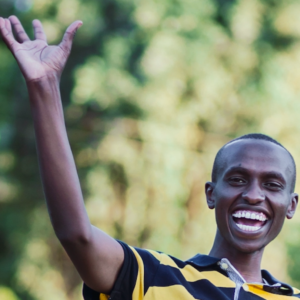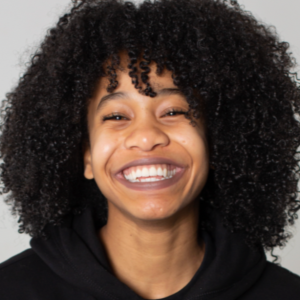Customer Experience University - Winning Loyalty & Engagement One Customer at a Time
New York Times #1 bestselling author, Joseph Michelli, Ph.D., shares customer experience, leadership, and business insights from Mercedes-Benz, Starbucks, Ritz-Carlton, Zappos, Pike Place Fish, and many more. At The Michelli Experience, we help front-line employees, managers, and senior leaders deliver relevant and engaging service experiences. To that end, we provide keynote and workshop presentations, short-term and extended consulting services, and bestselling books to meet your needs.
Episodes

Thursday Mar 24, 2022
PODCAST: Stick the Landing - How to Use the Peak End Theory to Amaze Customers
Thursday Mar 24, 2022
Thursday Mar 24, 2022
In this episode, Dr. Michelli offers 6 tips for leveraging the peak-end rule to your advantage.

Thursday Mar 17, 2022
Thursday Mar 17, 2022
In this installment, Dr. Michelli offers 5 tips for helping customers navigate transitions along their journey with you and your business.

Monday Mar 14, 2022
PODCAST - Moments of Truth: How to Master What Actually Matters to Customers
Monday Mar 14, 2022
Monday Mar 14, 2022
In this week's podcast, Dr. Michelli defines Moments that Matter Most and how the concept applies to driving belonging.

Thursday Mar 03, 2022
PODCAST - So You Want to Measure Customer Effort - 3 Things You Must Know
Thursday Mar 03, 2022
Thursday Mar 03, 2022
In this week's podcast, Dr. Michelli explores when to measure customer effort and the difference between "active" and "passive" effort.

Thursday Feb 24, 2022
PODCAST - Are You Easy? How to Drive Loyalty by Reducing Customer Effort
Thursday Feb 24, 2022
Thursday Feb 24, 2022
Are you measuring customer effort? In this week's podcast, Dr. Joseph Michelli explores the "why" and "how" of assessing customer effort.

Thursday Feb 17, 2022
What’s Love Got to Do with It? - How to Conquer Customers’ Hearts
Thursday Feb 17, 2022
Thursday Feb 17, 2022
In this week’s blog, Dr. Michelli discusses the role of love in business and why you should seek to conquer customers' hearts.

Thursday Feb 10, 2022
Customer Experiences Beset with Bows - How to Celebrate and Delight Every Time
Thursday Feb 10, 2022
Thursday Feb 10, 2022
In this week’s blog, Dr. Michelli discusses ways to heighten anticipation and the sensory experiences of your customers.

Thursday Feb 03, 2022
Stop Your Customers From Leaving - 5 Things You Urgently Need to Fix
Thursday Feb 03, 2022
Thursday Feb 03, 2022
In this week's podcast, Dr. Michelli explores the top 5 reasons customers complain about service and what you can do to head them off.

Thursday Jan 27, 2022
Thanks for the Complaint – 4 Tips for Jaw-Dropping Customer Experience Fixes
Thursday Jan 27, 2022
Thursday Jan 27, 2022
In this episode, Joseph discusses ways to turn complaints into loyalty-building customer experiences.

Thursday Jan 20, 2022
Do Rewards Programs Produce Loyalty
Thursday Jan 20, 2022
Thursday Jan 20, 2022
In this week's podcast, Joseph discusses distinctions between customer loyalty and a rewards program and offers tips for building a successful customer incentive program.

Retain Customers & Gain Referrals
If you are a customer experience professional, business leader, or entrepreneur with limited time for podcasts, Customer Experience University is for you! These 3 to 5-minute weekly episodes are designed to help you think and act in ways increase customer loyalty and drive word-of-mouth business.

